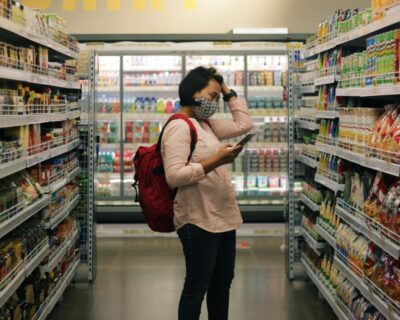In this edition, in the Netherlands, we see continued increase in the positive associations Dutch shoppers hold for beef, with 2 in 3 Dutch beef shoppers now saying beef is a protein worth paying more for.
Bord Bia’s Covid Indicators, 2020 show that Covid-19 resulted in an increase in the purchase of beef in general across Europe. In the Netherlands too, shoppers sought to replace their restaurant experience, and beef, especially steak had an important role in delivering this.
After 18 months of scratch cooking, shoppers are now looking for variety and inspiration. In the UK, Germany, Netherlands and Belgium, shoppers are looking for a change when it comes to beef. Dutch and UK shoppers are purchasing more shellfish and turkey, and in Italy and Ireland, shoppers are looking for something easier to cook than beef. Hence, across the board beef shoppers need more inspiration to maintain current purchase levels. Showing examples of what the final meal could look like and highlighting the USPs of Irish origin and traceability can help inspire shoppers.
Ireland’s grass-fed messaging can help offer the variety shoppers are looking for and convince them to pay extra for beef. We are seeing the beginnings of a post-Covid bounce in concern for sustainability. Shoppers claim they intend to cut back on beef consumption in the next three years, driven primarily by concerns over animal welfare and the environmental impact of beef production. Grass-fed beef is more likely to drive future purchase of beef compared to this time last year.
For more information, please get in touch with Laura.Crowley@bordbia.ie or Lian.Enters@bordbia.ie
Every month, Bord Bia interviews 375 grocery shoppers in key European markets: Ireland, the UK, the Netherlands, Germany, Belgium, Italy and Sweden; in order to understand key dynamics around buying proteins. We have been collecting these insights since Autumn 2019, allowing us to reliably compare trends in consumption, purchase patterns and
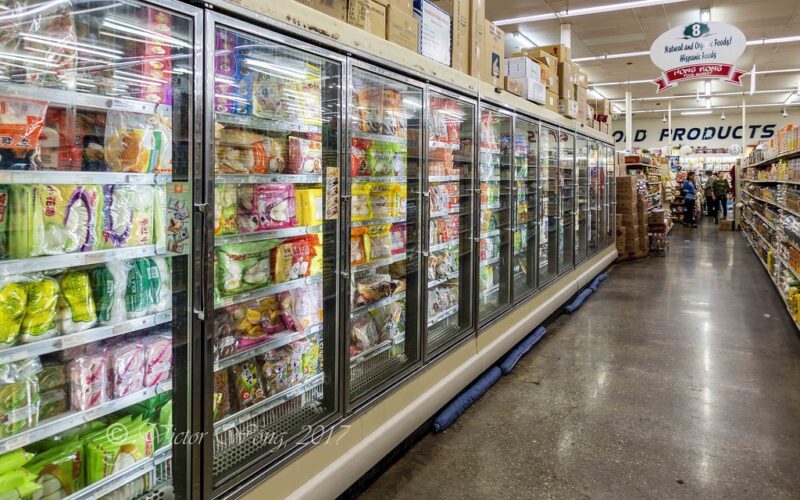
Bord Bia develops Framework for Future of Frozen
A framework developed to assist Irish frozen suppliers to innovate against four distinct areas of opportunity
Click here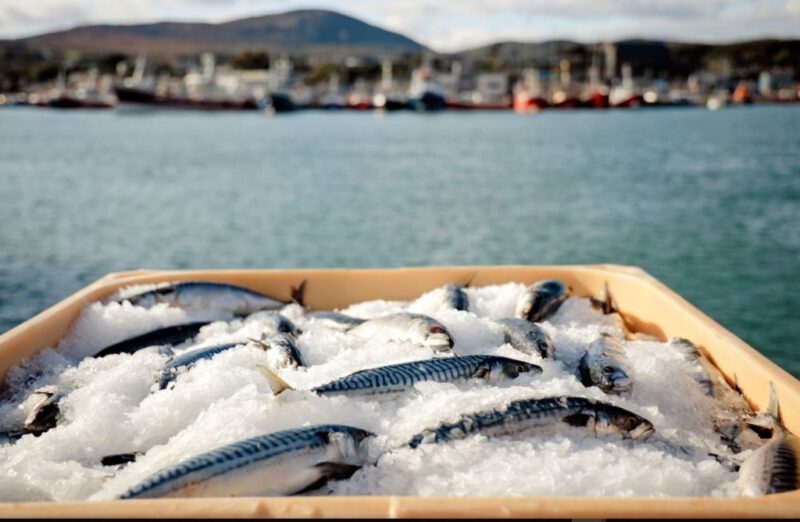
Seafood Futures: Four Directions of Tomorrow
Every month, Bord Bia interviews 375 grocery shoppers in key European markets including the Netherlands. This Bord Bia insight reveals that shoppers are now looking for variety and inspiration
Click here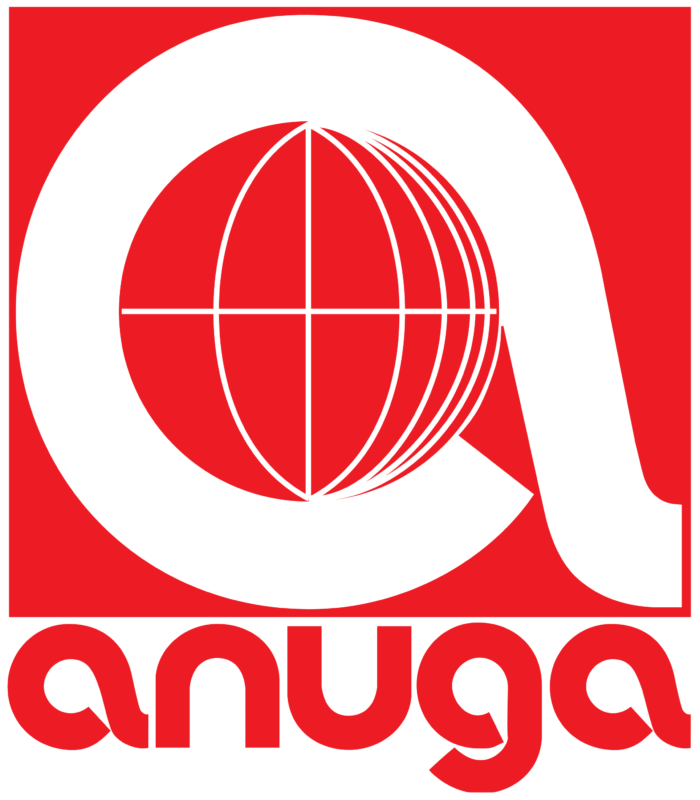
Anuga Tradeshow
Anuga takes place every second year and remains a crucial landmark on the global food industry calendar. Click below to find out who's attending and where they'll be.
Click here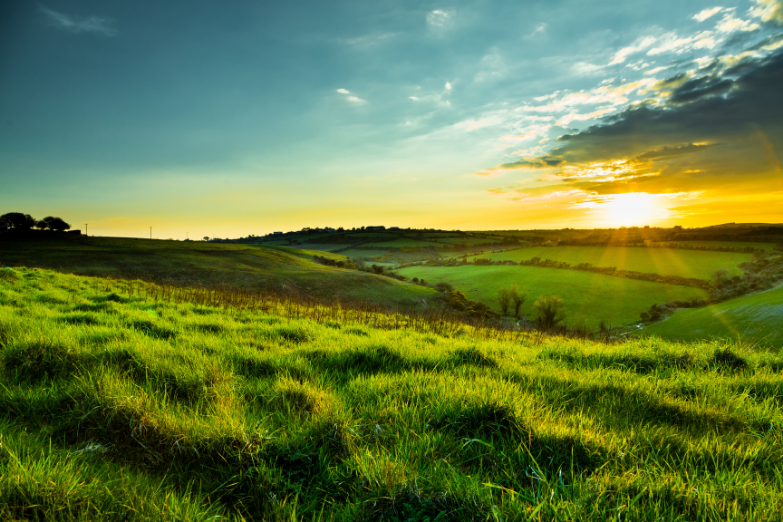
View all articles
Here you will find a selection of articles to keep you up to date with the latest news the food and drinks industry.
Click here

